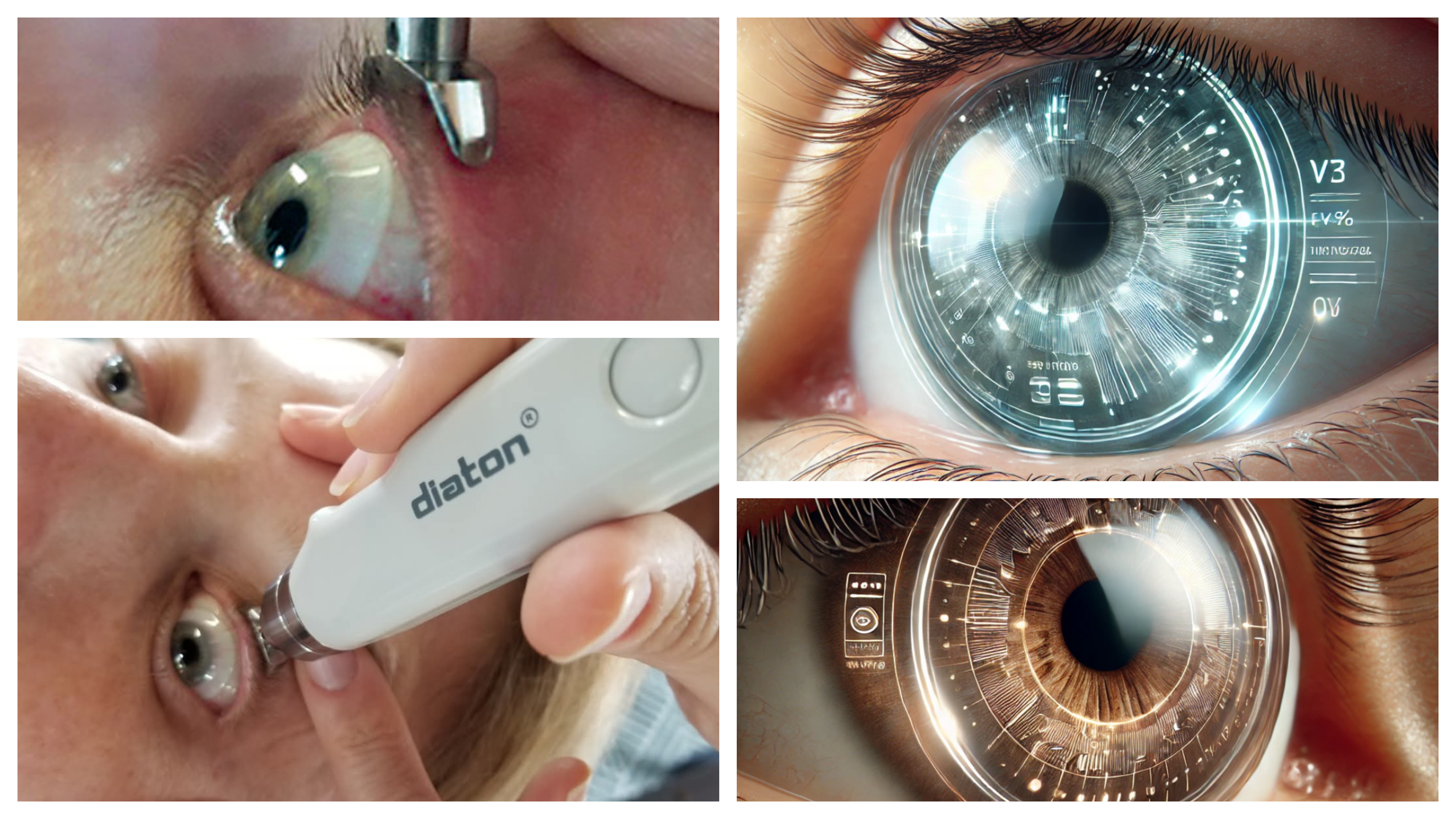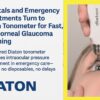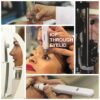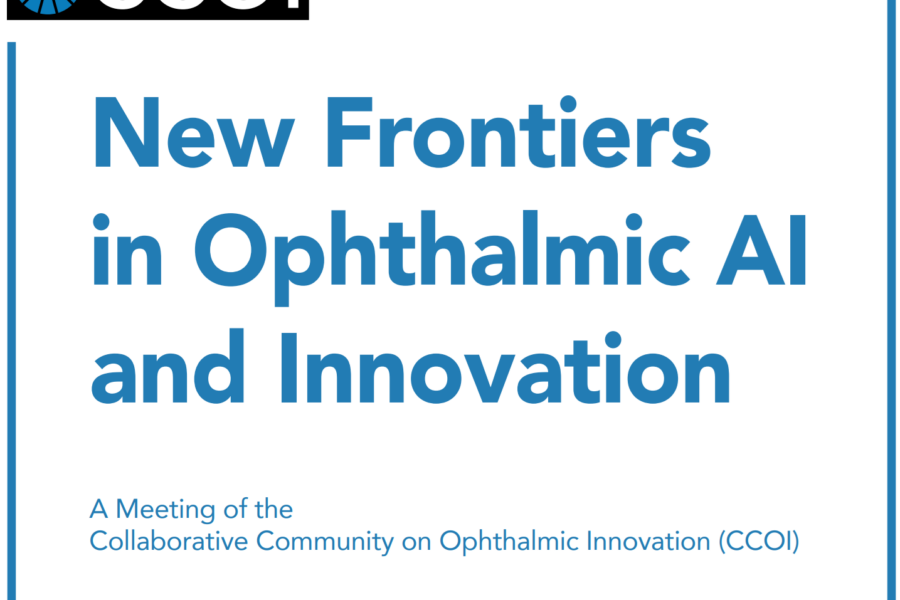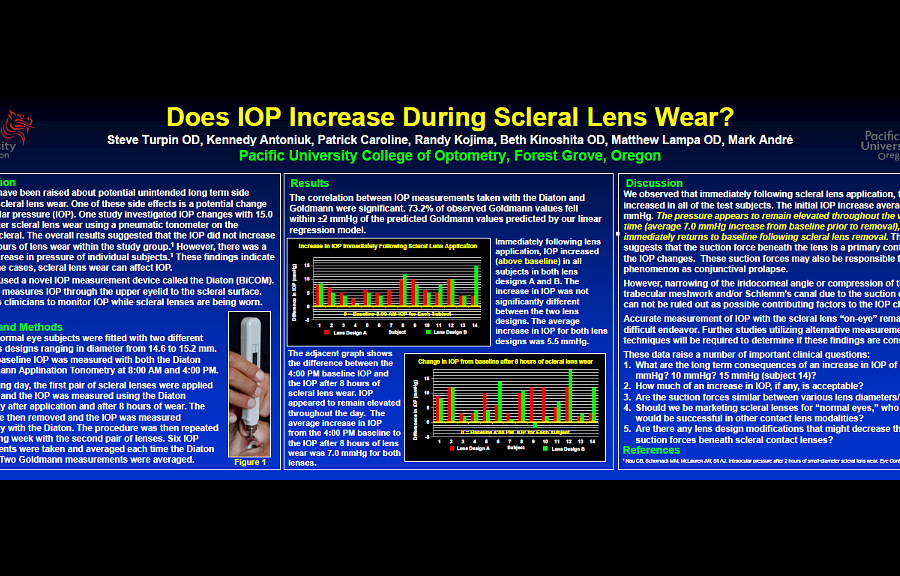The Future of Vision: Smart Contact Lenses, Scleral Lenses, and the Role of Diaton Tonometry in Ocular Health
The integration of advanced technology into contact lenses is revolutionizing eye care, introducing innovations like smart contact lenses and scleral lenses. These advancements are redefining vision correction, therapeutic eye care, and even augmented reality applications. However, alongside these innovations comes the need for vigilant monitoring of intraocular pressure (IOP) to ensure patient safety. The Diaton Tonometer, a non-corneal device capable of measuring IOP with lenses on the eye, plays a crucial role in addressing this need.
What Are Smart Contact Lenses?
Smart contact lenses combine traditional vision correction capabilities with advanced features such as augmented reality displays, health monitoring sensors, and wireless connectivity. These lenses are at the forefront of wearable technology, designed to enhance not only vision but also quality of life.
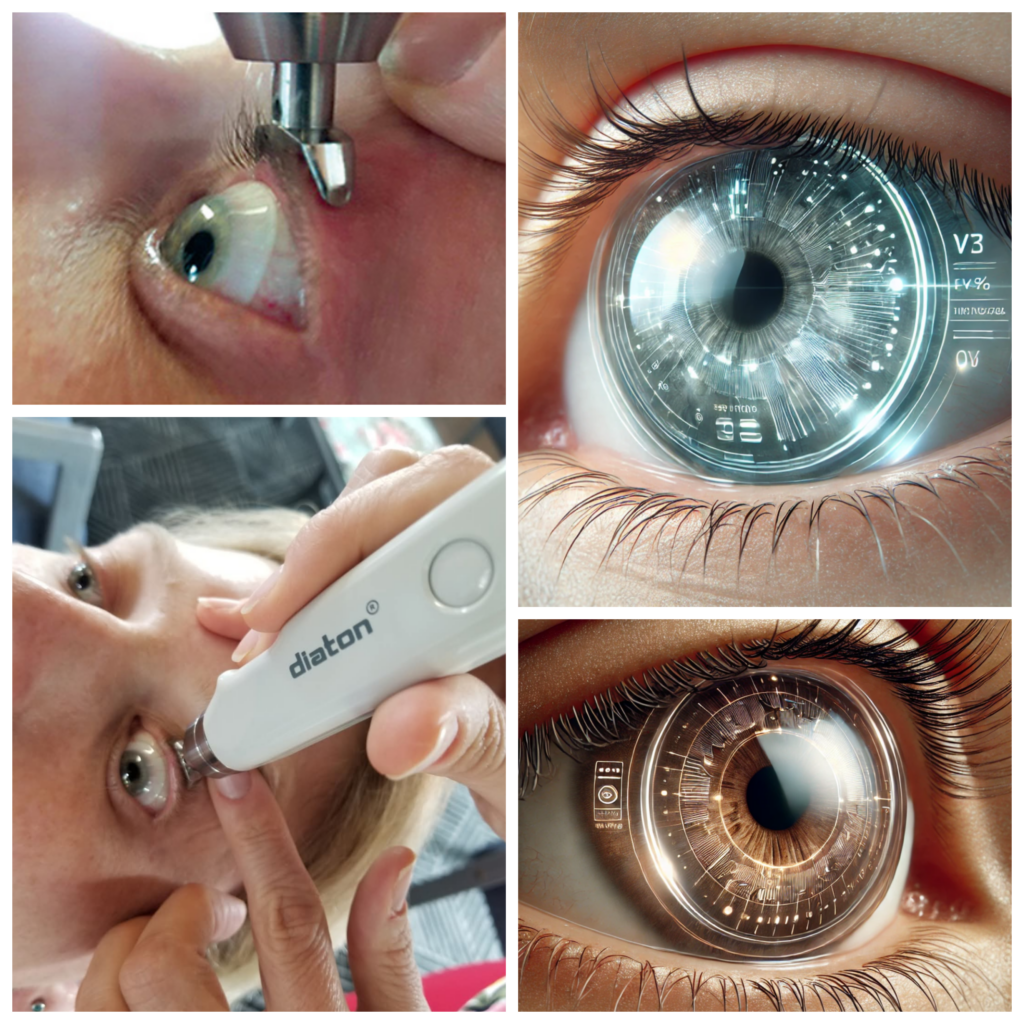
Key Manufacturers and Innovations
- Mojo Vision
Specializes in augmented reality (AR) contact lenses that project digital information directly onto the user’s field of vision, enabling hands-free digital interaction. - Sensimed AG
Developer of the Triggerfish® lens, which continuously monitors IOP for glaucoma management, providing early detection of pressure fluctuations. - Innovega Inc.
Pioneers lenses that work in tandem with eyewear to deliver immersive augmented reality experiences for applications in gaming, education, and visualization. - InWith Corporation
Focuses on embedding microelectronics into soft contact lenses to enable real-time health tracking and vision enhancement. - Samsung Electronics
Explores smart lenses equipped with cameras and sensors for vision enhancement and augmented reality, pushing the boundaries of wearable technology. - Sony Corporation
Develops smart contact lenses with image capture and storage capabilities, merging photography with everyday vision. - Johnson & Johnson Vision Care
Innovates in adaptive contact lenses, including light-responsive technology for enhanced comfort in dynamic lighting conditions. - XPANCEO
A Dubai-based startup aiming to develop AR-enabled lenses with fully functional prototypes projected by 2026, designed for seamless integration into digital ecosystems. - Alcon (a division of Novartis)
Known for multifocal lenses and adaptive technologies targeting presbyopia and other age-related vision issues. - EP Global Communications Inc. (EPGL)
Works on lens technologies for medical applications, focusing on comfort and usability for diverse ocular needs. - Google LLC
Although its glucose-monitoring lens project has been discontinued, Google continues to explore other potential applications of smart lenses.
Scleral Lenses and IOP: Clinical Findings
Scleral lenses are larger-diameter lenses that rest on the sclera, creating a tear-filled vault over the cornea. They are especially beneficial for patients with keratoconus, corneal scarring, or severe dry eye syndrome. However, studies indicate that wearing scleral lenses may transiently increase IOP.
Studies Highlighting IOP Concerns
- Multiple Studies showed IOP to Elevate by ~5-10 mmHg Regardless of Scleral Lens diameter worn.
- Pacific University Study (2018): Demonstrated that scleral lens wear could elevate IOP in certain patients, highlighting the need for regular monitoring during lens fitting.

- Michaud et al. (2019): Investigated IOP variations associated with scleral lenses of different diameters, highlighting the need for careful assessment during lens fitting. Study showed an increase in IOP of 5-7 mmHg after 5 to 8 hours of lens wear.
- Diaton
- Aitsebaomo et al. (2019): Explored the influence of scleral lens wear on IOP, emphasizing the importance of monitoring in patients with glaucoma.
- JCLRS
- Vincent et al. (2017): Discussed evidence on scleral contact lenses and IOP, suggesting that lens-induced changes in IOP should be considered in clinical practice.
- Ferris State University
- Diaton Tonometer & Scleral Lenses (2024): Discussed the importance of controlling IOP during scleral lens fitting, emphasizing the utility of non-invasive tools like the Diaton Tonometer.
Diaton Tonometer: The Solution for IOP Monitoring with Lenses
The Diaton Tonometer is a non-corneal device that measures IOP through the eyelid and sclera, making it uniquely suited for patients wearing contact or scleral lenses. Its advantages include:
- Lens-Compatible: Unlike traditional tonometers, the Diaton eliminates the need to remove lenses for accurate IOP measurement.
- Non-Invasive and Hygienic: Ensures a safe, painless experience while reducing the risk of corneal infection.
- Glaucoma Management: Offers a reliable method for monitoring IOP changes, crucial for early detection and prevention of glaucomatous damage.
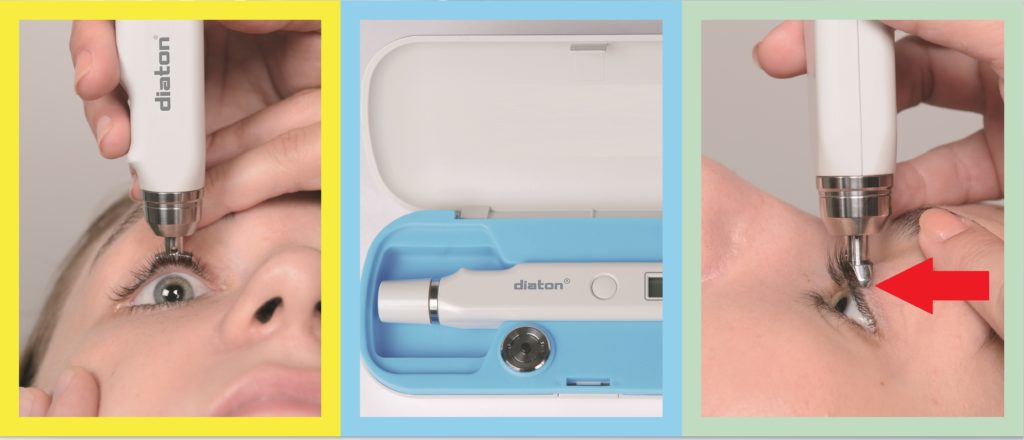
Collaborating with Lens Manufacturers
Manufacturers of smart and scleral lenses can benefit significantly by integrating Diaton Tonometer technology into their product ecosystem. Regular IOP monitoring:
- Enhances product safety and credibility.
- Addresses patient concerns about potential pressure elevation.
- Facilitates proactive management of ocular health risks.
The Convergence of Technology and Health
As contact lenses evolve, so must the methods used to monitor their impact on ocular health. With its ability to measure IOP through the eyelid, the Diaton Tonometer bridges the gap between innovation and safety, ensuring that advanced lenses do not compromise patient well-being. The collaboration between lens manufacturers, eye care practitioners, and developers of diagnostic tools like Diaton promises a future where vision correction and health monitoring work seamlessly together.
For more insights into the applications of the Diaton Tonometer, visit TonometerDiaton.com
or call: 877-342-8667

